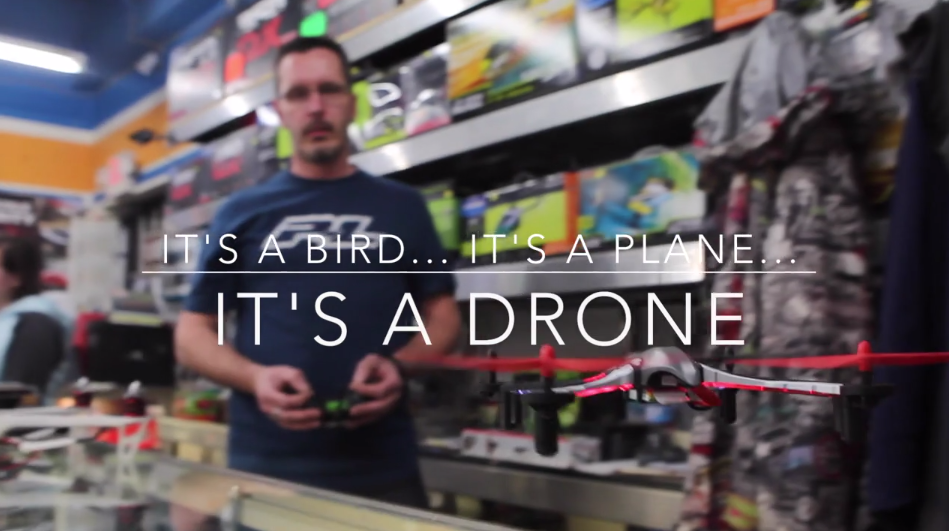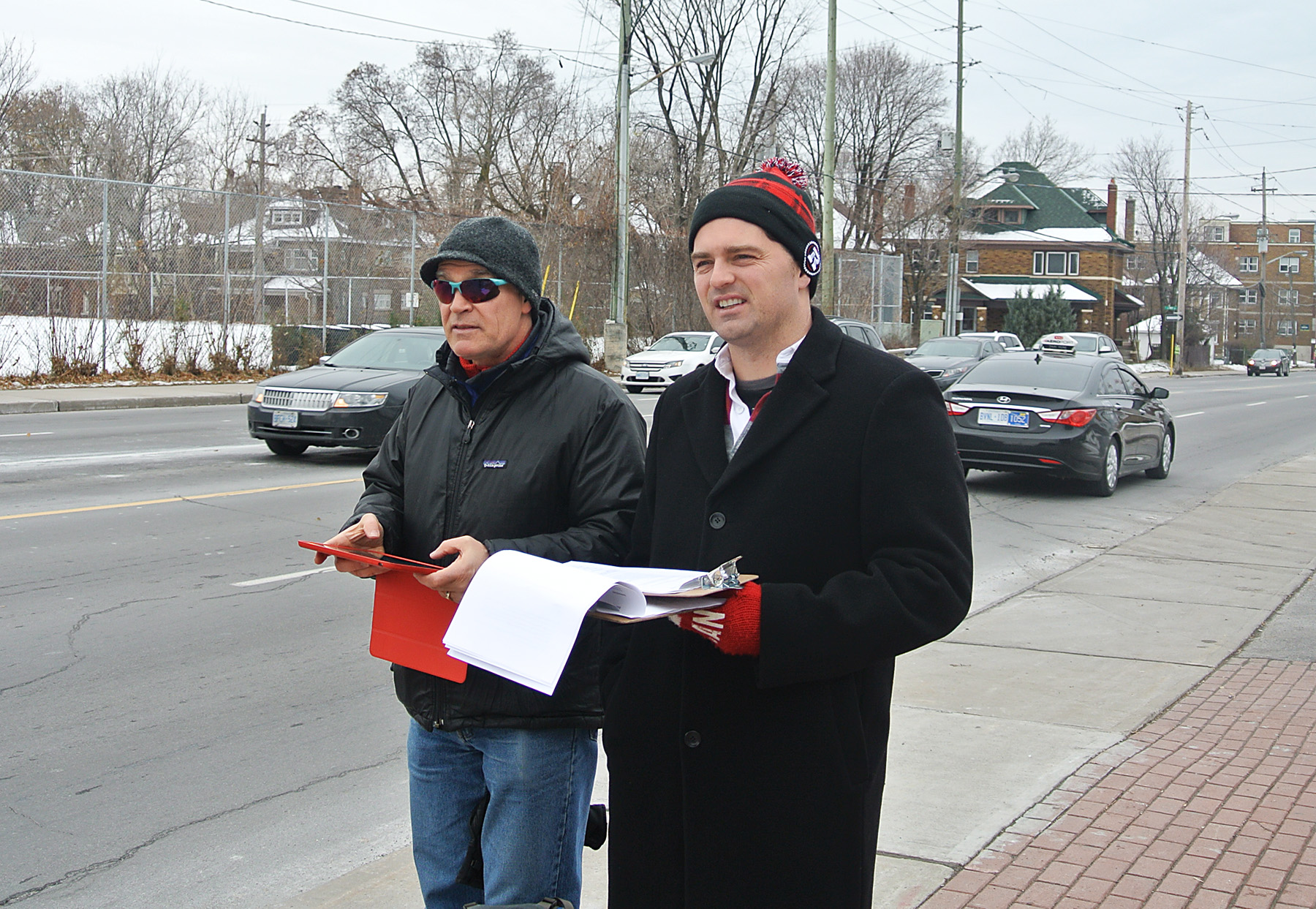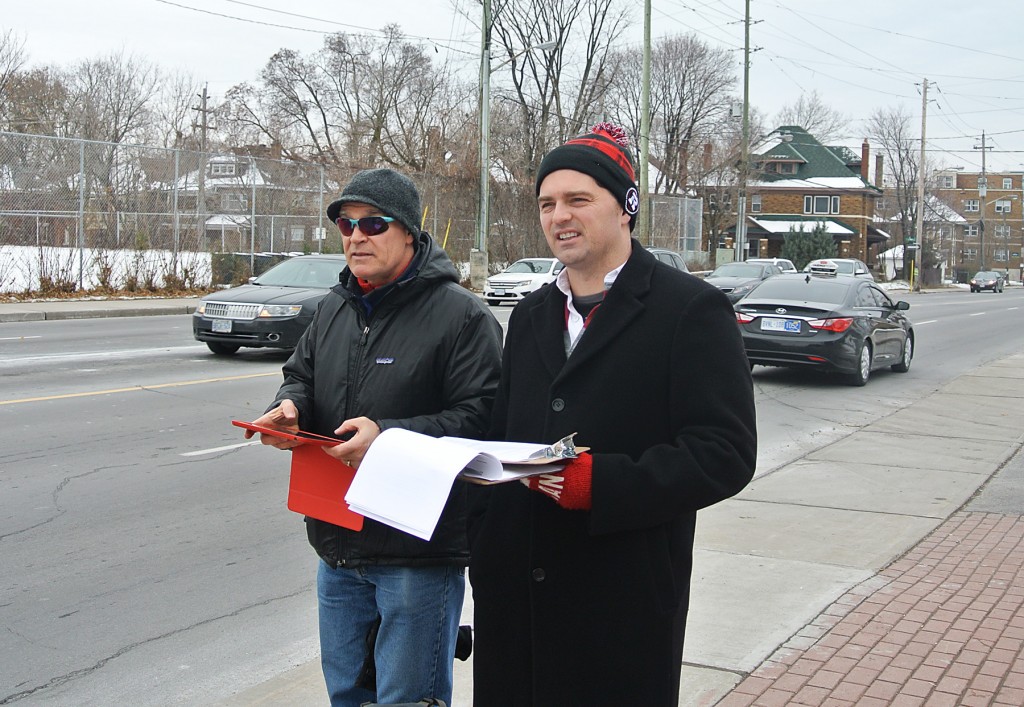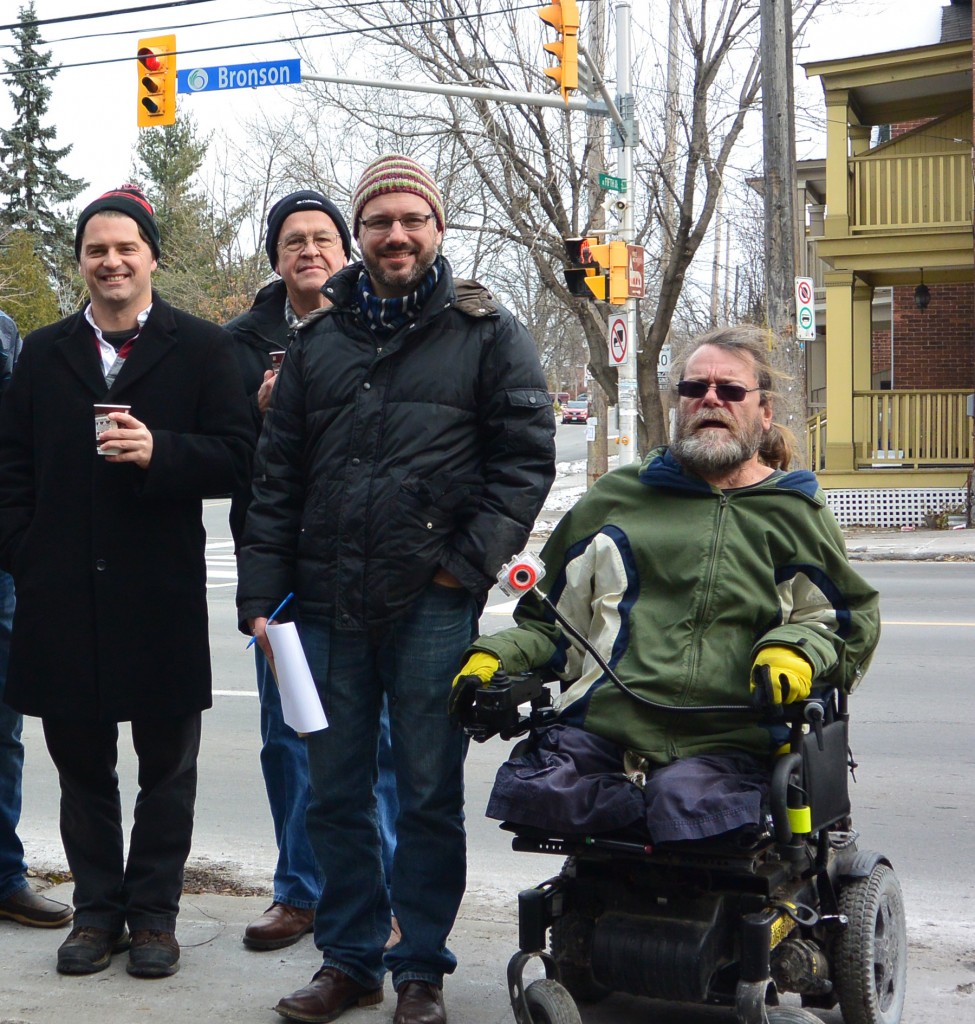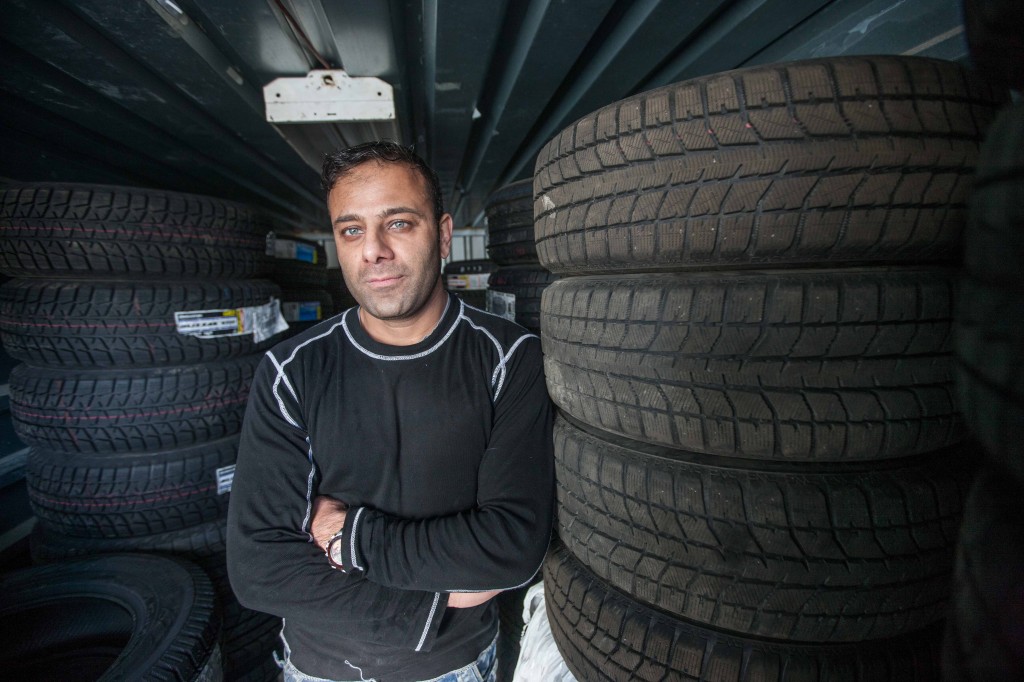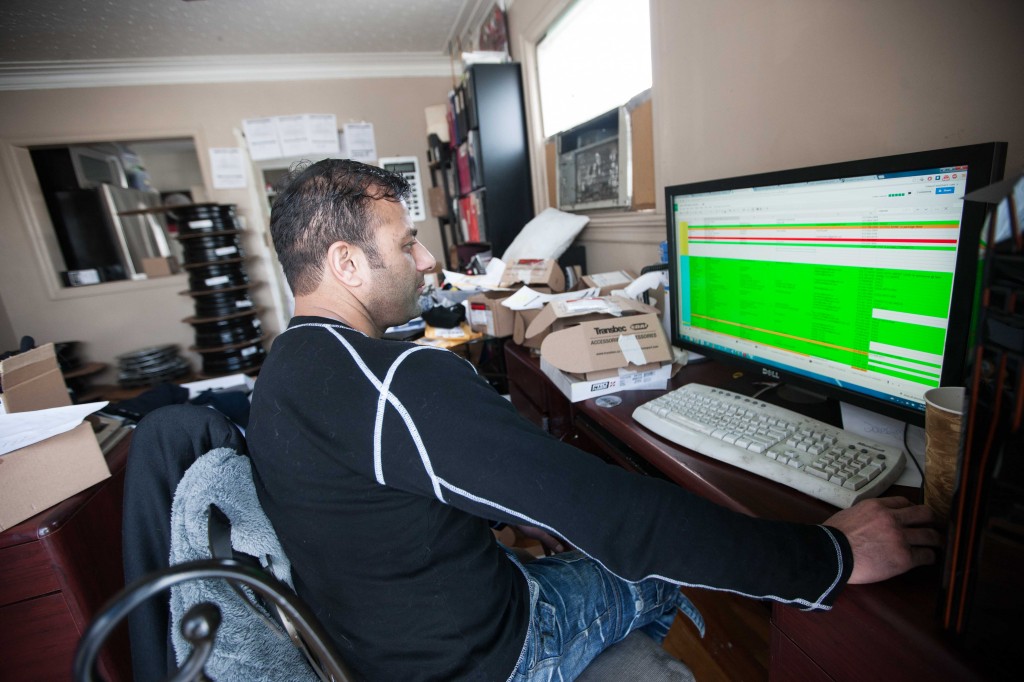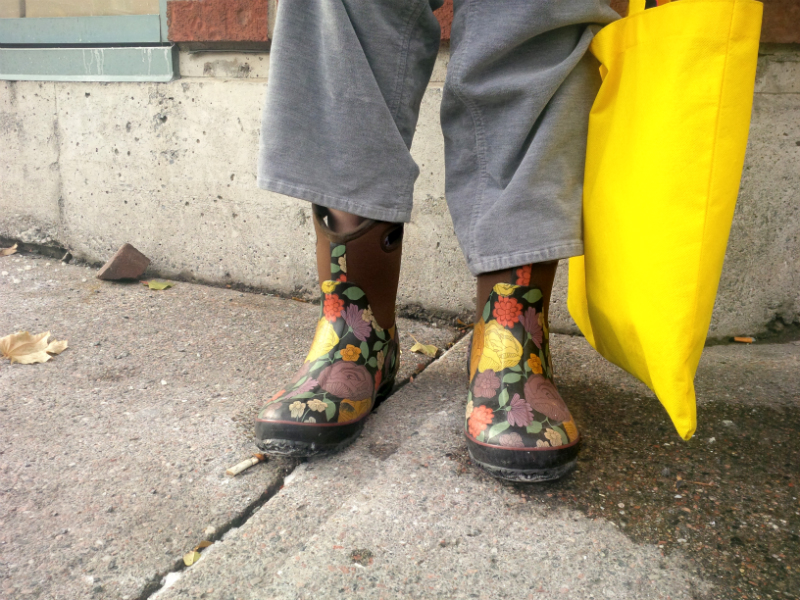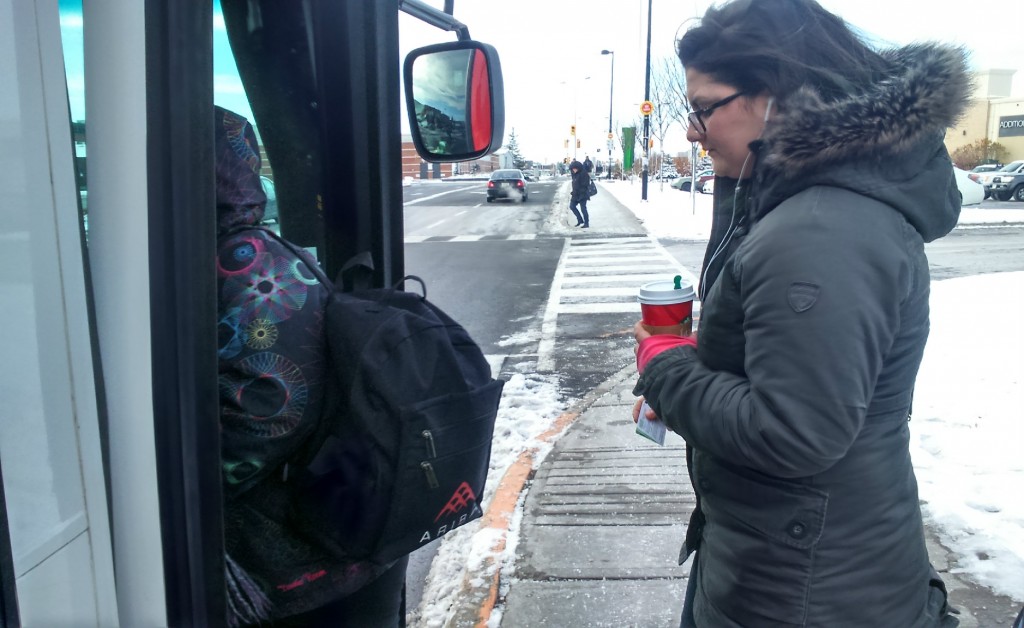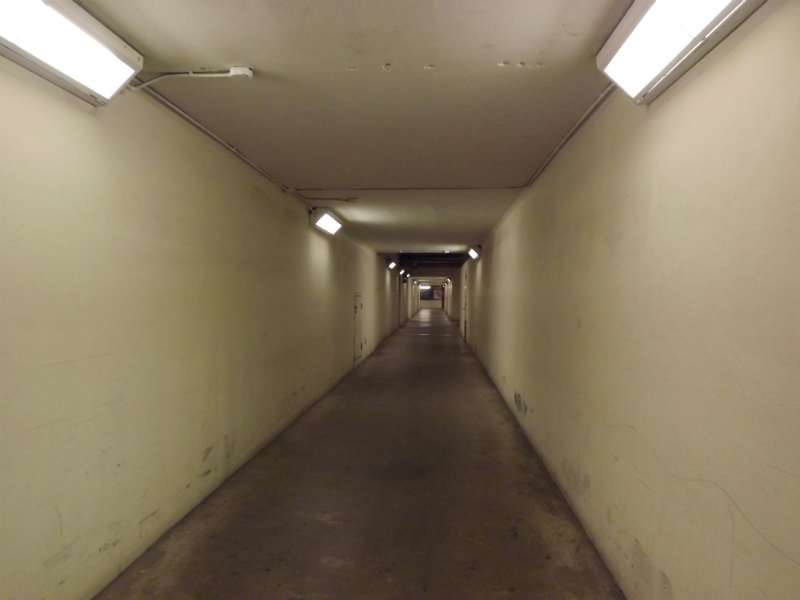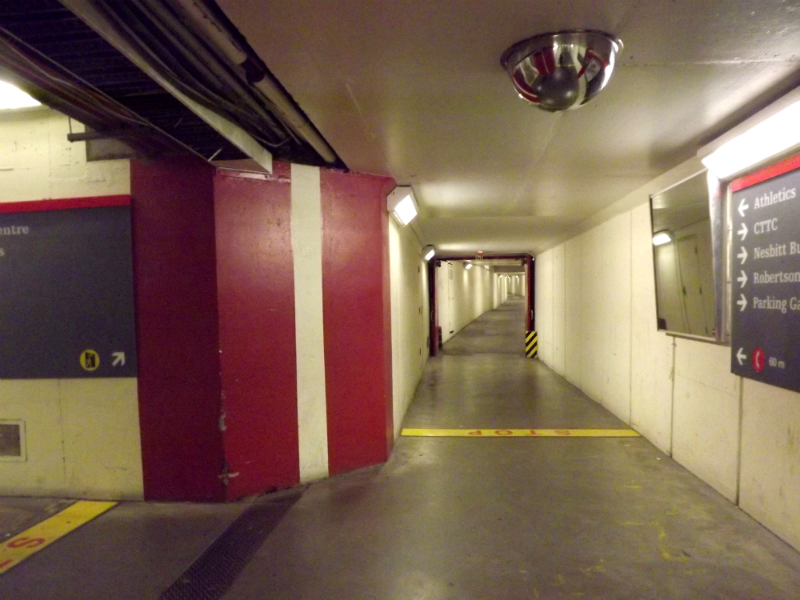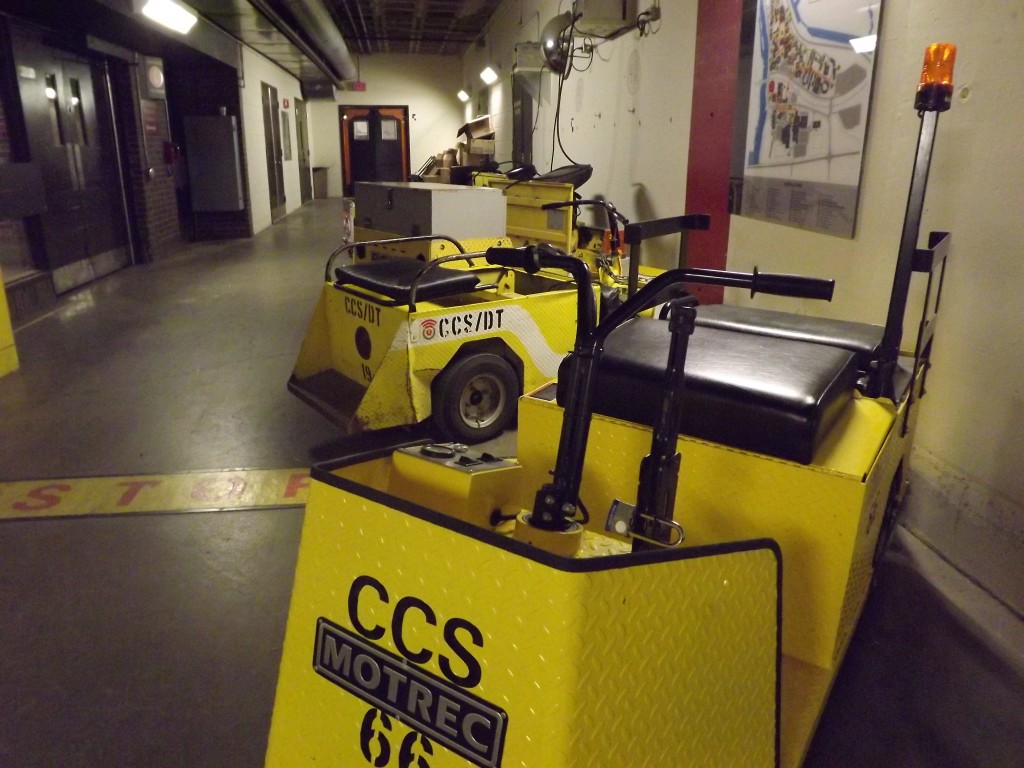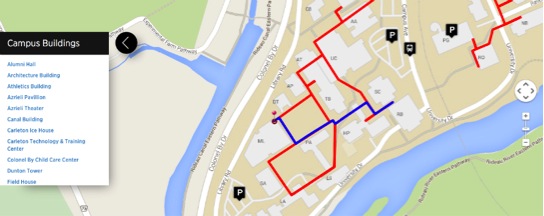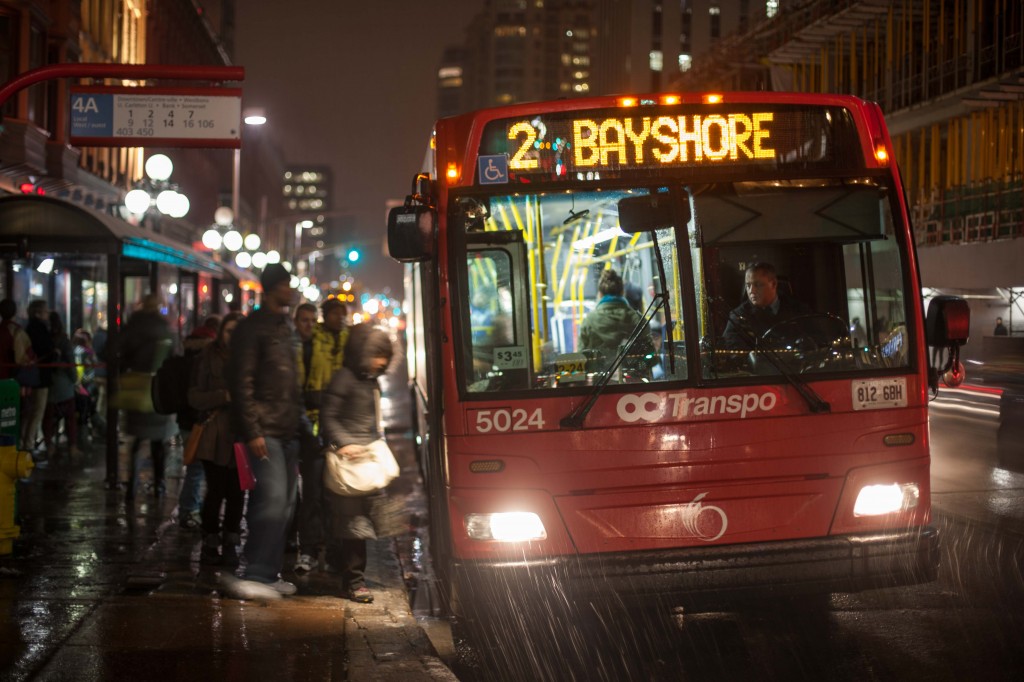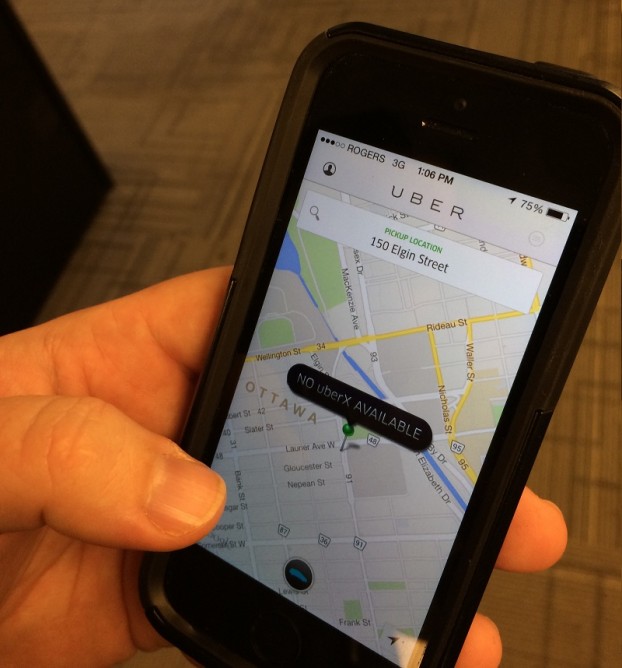By Hayley Chazan
With regulations still largely up in the air, Transport Canada is getting worried about the increase of drones in Canadian skies.
On Saturday Transport Canada’s Twitter feed was buzzing with warnings for unmanned aerial vehicle operators to “leave their drone at home” in light of the Santa Claus parades taking place in various cities across Canada. On Tuesday Transport Canada tweeted about the dangers of operating drones in cold weather, reminding users of the dos and don’ts of safe and legal drone use.
Happy #SantaClausParade #Ottawa! Be safe and leave your #drone at home http://t.co/89RH1VJLkl #yow pic.twitter.com/O4RVOXr3YG
— Transport Canada (@Transport_gc) November 22, 2014
Cold weather and #UAVs are not a good mix. Think #safety first. http://t.co/3HD3pNI9RB
— Transport Canada (@Transport_gc) November 24, 2014
Transport Minister Lisa Raitt used the launch of the social media campaign last month to announce new guidelines on the use of drones in Canada. According to current regulations, all commercial drone users need to apply for special permits through Transport Canada. Demand for those permits is growing exponentially. In 2013 alone, the government saw a 500 per cent increase in the number of permits handed out. Recreational operators, on the other hand, need to obtain certification if their device weighs more than 35 kilograms or face up to $25,000 in fines.
But if a copter is under that weight restriction and the operator is flying for fun, the sky is almost the limit.
All drone operators are restricted from flying higher than 90 metres and need to stay at least 30 metres away from any vehicles, boats, structures or people. Drones also need to operate at least eight kilometres away from any airport, heliport or aerodrome. But if you’re flying for commercial purposes, the government does a lot more to clip your wings.
Emmanuel Briere manages Orleans Hobbies and said his store tripled sales of recreational quad copters, otherwise known as drones, in the last two years.
Demand for commercial use has also surged. Beacon Media Group is an Ottawa based company that specializes in aerial photography. Owner Kris Harris said his business focuses on using drones to survey construction sites and film promotional videos of golf courses and hotels. His company has only been in operation for a little over one year, but he is already looking at opportunities to expand into British Columbia.
Though the commercial drone market is extremely lucrative, it often takes operators a long time to get certification from Transport Canada.
“The application process is extremely lengthy, sometimes taking up to two months,” said Briere. “Anytime the height or location of the flight changes, operators need to reapply for a new Special Flight Operating Certificate.”
In October in response to processing delays, Raitt has urged drone operators to contact her office or their local MP.
“I think they should absolutely make us aware that they’re having concerns,” she said.
Harris said that while obtaining certification with Transport Canada often proved lengthy when his company was first starting out, Beacon Media Group was recently granted a licence to fly anywhere in Ontario. This means that the company doesn’t have to reapply every time it is flying in a new location. Harris explained that this type of certification is only granted in cases where the company has a proven track record of complying with Transport Canada safety guidelines.
While Transport Canada has reduced the delays, Harris believes that the process still needs improvement. He says that one way the industry can operate more efficiently is if Transport Canada issued licences to drone operators, similar to those given out to drivers. He explained that in order to obtain this type of certification, drone operators would need to take a safety course.
The government’s clampdown on drones comes on the heels of some very close calls in recent months. Last November, a video shot from a drone captured footage of an airliner landing at Vancouver airport, violating the rule that prohibits drones from operating less than eight kilometres away from airports. Another incident occurred on the film set of a commercial being shot in Vancouver, when a drone capturing aerial footage collided with a building and crashed to the ground. Earlier this summer, a German tourist crashed a drone into the Grand Prismatic Spring in Yellowstone National Park. Luckily, no one was injured in any of these instances.
